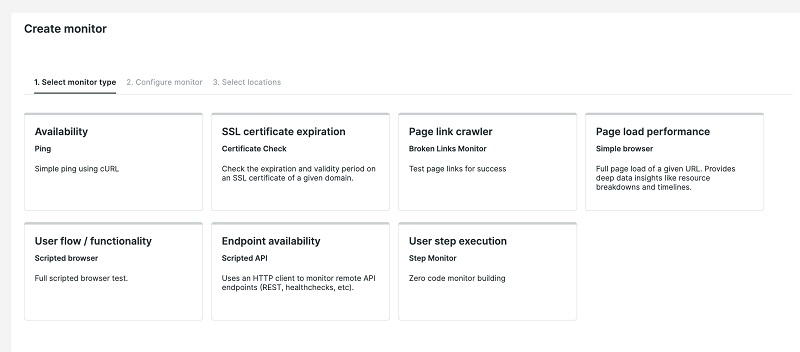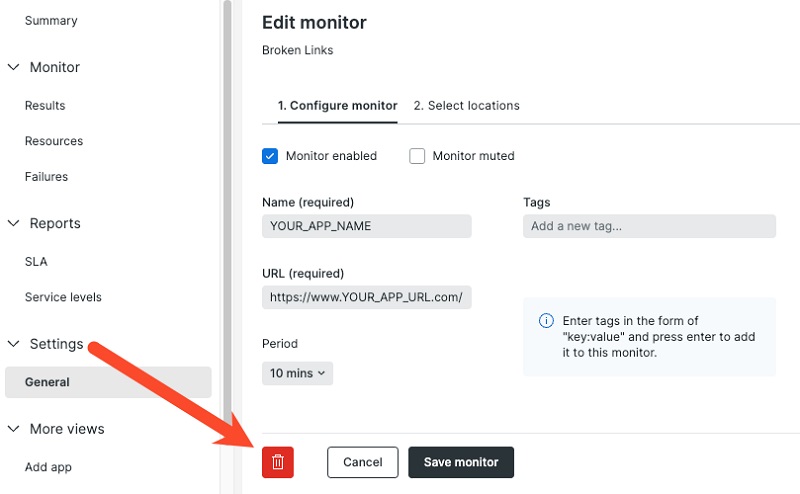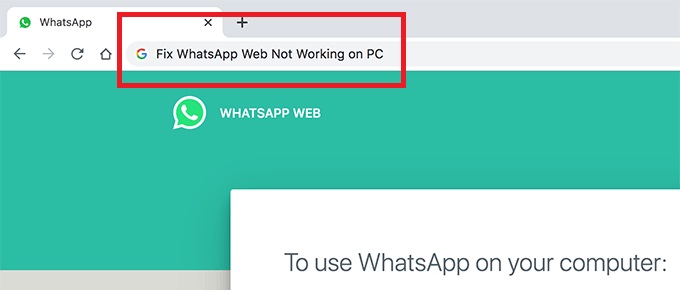Synthetic monitoring in New Relic is a crucial tool for individuals who prioritize the optimization of their web pages for better search engine rankings. As SEO experts and adept copywriters, we acknowledge the significance of this tool in monitoring web applications and infrastructure. However, to optimize this tool, it is imperative to have an in-depth understanding of how to set up synthetic monitoring in New Relic properly. This article aims to guide you through the process of setting up synthetic monitoring in New Relic, which would result in your website outperforming other websites.
What is Synthetic Monitoring
Synthetic monitoring is a type of monitoring that imitates user interactions with web applications and infrastructure. By transmitting synthetic traffic to web applications, one can supervise their performance and availability from different locations and devices. Synthetic monitoring helps detect issues before they impact actual users, ensuring that web applications’ reliability and availability are well-maintained.
Synthetics Monitoring to Work in New Relic: 4 Steps
New Relic is an all-encompassing observability platform that offers comprehensive monitoring, tracing, and alerting features for web applications and infrastructure. With New Relic, users can monitor the performance and availability of their web applications, servers, and databases in real time. The platform also provides intelligent alerts that detect issues before they impact users, resulting in reduced downtime and increased reliability of web applications.

Setting up synthetic monitoring in New Relic is a straightforward process that requires one to follow these steps:
- Create a Synthetic Monitor: The first step involves creating a synthetic monitor in New Relic. To accomplish this, access the Synthetics tab in your New Relic account and select the “Create a Monitor” button. Afterward, pick the type of monitor you want to create, such as a ping monitor, a browser monitor, or an API monitor.
- Configure the Monitor Settings: After creating the monitor, proceed to configure its settings. Adjust the monitor’s name, frequency, location, and alert policies to your preferences. You may also add custom scripts to the monitor to simulate complex user interactions with web applications.
- Run the Monitor: Once the monitor settings have been configured, you can run the monitor to commence the transmission of synthetic traffic to your web applications. The New Relic dashboard offers real-time results for the monitor. Users may configure alerts to receive notifications if the monitor detects issues with their web applications.
- Analyze the Results: After running the monitor for some time, analyzing the results is the next step. By analyzing the results, users can detect issues and optimize their web applications’ performance. The New Relic dashboard provides detailed performance metrics and logs for web applications.
Conclusion
In conclusion, synthetic monitoring is a potent tool that supervises the performance and availability of web applications and infrastructure. New Relic is an excellent platform for synthetic monitoring, providing comprehensive monitoring, tracing, and alerting features. By following the steps outlined in this article, users can set up synthetic monitoring in New Relic and ensure that their website’s performance is optimal.












